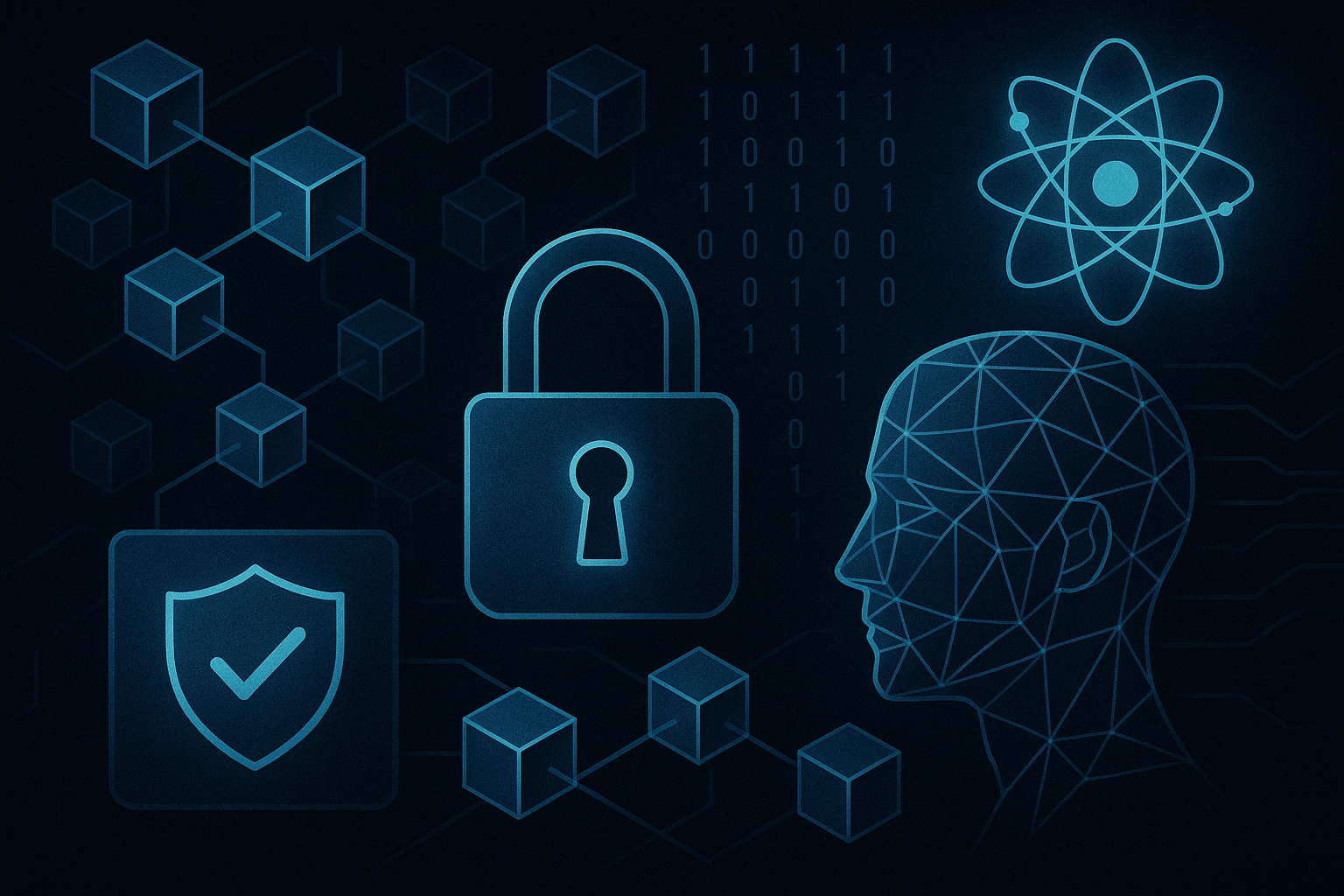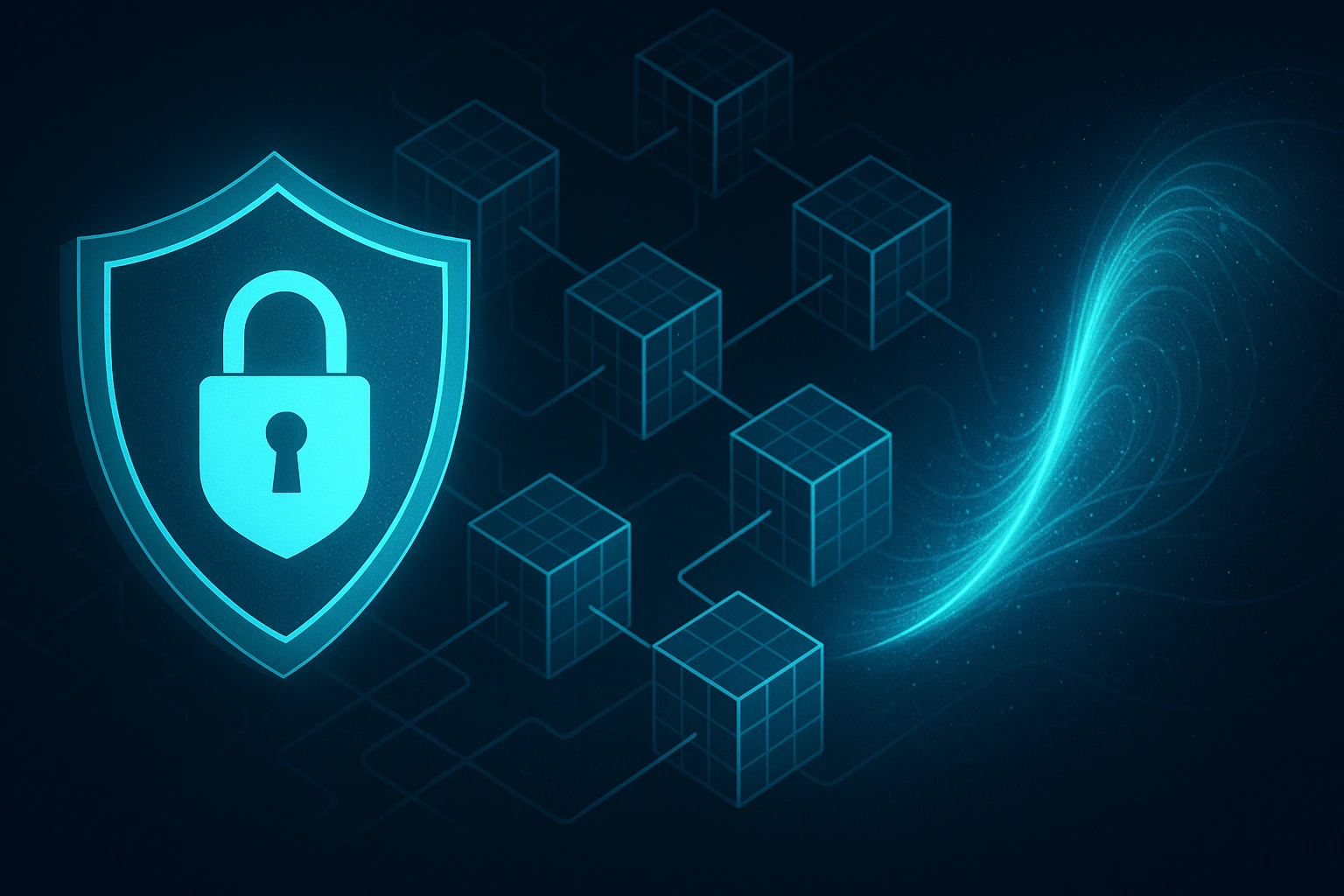Blockchain technology has revolutionized digital finance, decentralized applications, and data management. However, as adoption grows, so do concerns around security, privacy, and emerging quantum threats. Protecting assets, networks, and user information requires a combination of blockchain security best practices, wallet protection strategies, and preparation for quantum-resistant blockchain innovations.

Blockchain Security Best Practices
Ensuring security in blockchain networks involves technical, procedural, and user-focused strategies.
Key Practices:
- Smart Contract Audits: Thorough review of code to prevent bugs, vulnerabilities, and exploits.
- Multi-Signature Wallets: Require multiple approvals for transactions, reducing single-point risks.
- Regular Updates and Patches: Ensure nodes and wallets are running the latest secure software versions.
- Network Monitoring: Detects unusual activity, double-spending attempts, or 51% attack indicators.
- Decentralization: Spread nodes across geographies to prevent centralized failure points.
Implementing these blockchain security best practices minimizes risks from hacking, phishing, and system failures.
Protecting Crypto Wallets
Individual wallets are primary targets for attackers, as they directly control crypto assets. Protecting crypto wallets is crucial for both retail investors and institutional holders.
Strategies for Wallet Protection:
- Hardware Wallets: Offline storage devices that isolate private keys from internet access.
- Cold Storage Solutions: Keep large amounts of crypto offline in secure locations.
- Strong, Unique Passwords: Prevent unauthorized access and credential reuse.
- Two-Factor Authentication (2FA): Adds an extra layer of security for wallet access.
- Seed Phrase Management: Store recovery phrases securely, ideally in encrypted or physical forms.
By combining technical security and user vigilance, wallets can remain resilient against hacking attempts and social engineering.
Quantum-Resistant Blockchain: Preparing for the Future
Quantum computing poses a potential threat to current cryptographic algorithms, including those securing blockchains. Public key cryptography used in Bitcoin, Ethereum, and many other networks could become vulnerable as quantum computers advance.
Quantum-resistant blockchain technologies aim to future-proof digital assets against these threats:
Key Approaches:
- Post-Quantum Cryptography: Implement algorithms resistant to quantum attacks, such as lattice-based or hash-based signatures.
- Hybrid Cryptographic Models: Combine traditional and quantum-resistant schemes to ensure transition safety.
- Upgradable Protocols: Design blockchains capable of updating cryptography without disrupting operations.
- Quantum-Aware Wallets: Wallets using algorithms resistant to quantum key extraction.
While fully quantum-proof networks are still under development, early adoption of these strategies will secure the next generation of blockchain systems.
Privacy Considerations in Blockchain
Beyond security, privacy is essential for users and organizations handling sensitive data. Techniques to enhance privacy include:
- Zero-Knowledge Proofs (ZKPs): Verify transactions without revealing private information.
- Ring Signatures & Mixers: Obfuscate sender identities to prevent transaction tracing.
- Confidential Transactions: Hide transaction amounts while maintaining ledger integrity.
Combining privacy features with strong security ensures that blockchain ecosystems remain safe, compliant, and trustworthy.
Challenges and Ongoing Research
Despite advancements, blockchain security faces evolving challenges:
- Social Engineering Attacks: Even secure networks can be compromised via phishing or scams.
- Smart Contract Complexity: As decentralized applications grow, vulnerabilities increase.
- Quantum Readiness: Current blockchains need time and research to transition safely.
- User Education: Many security breaches result from poor understanding of wallet and key management.
Ongoing research in cryptography, protocol design, and quantum-resistant blockchain development is critical to addressing these risks.
Final Thoughts
Security, privacy, and quantum resistance are cornerstones for the sustainable growth of blockchain technology. By implementing blockchain security best practices, actively protecting crypto wallets, and investing in quantum-resistant blockchain research, both users and networks can safeguard digital assets against present and future threats.
The evolution toward secure, private, and quantum-resilient blockchains is essential for building trust in decentralized systems, ensuring that blockchain remains a safe and reliable foundation for finance, data, and global digital infrastructure.




